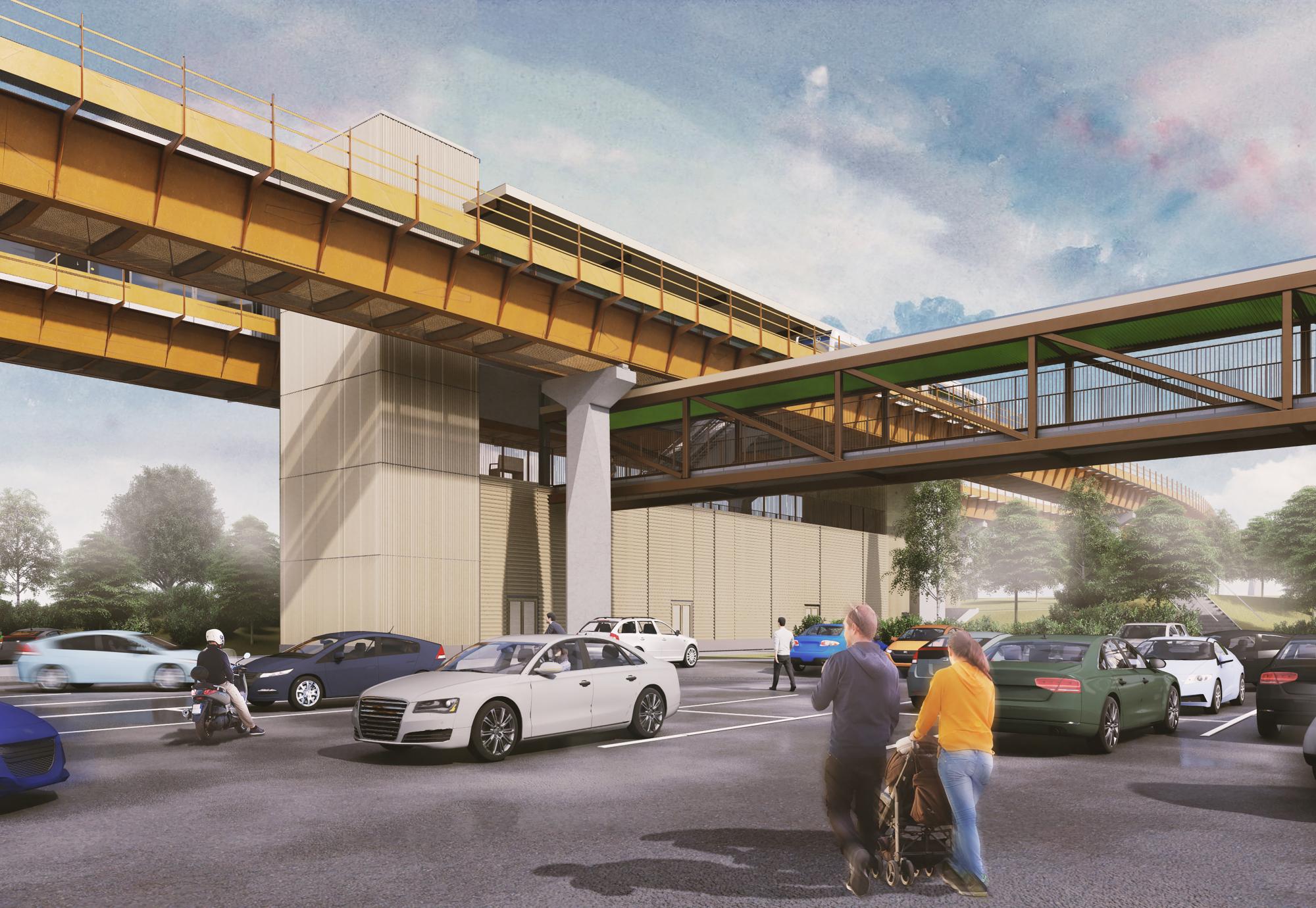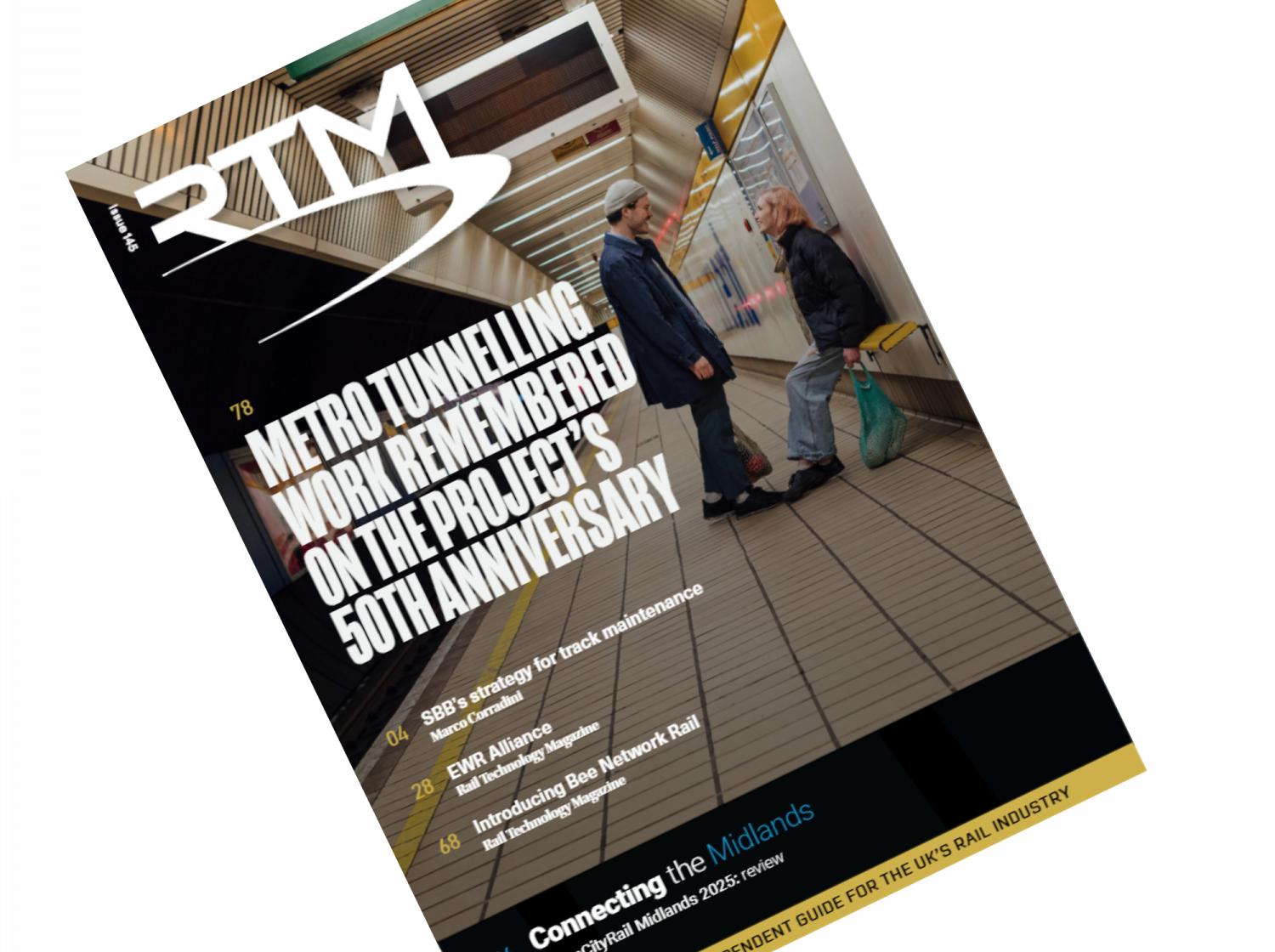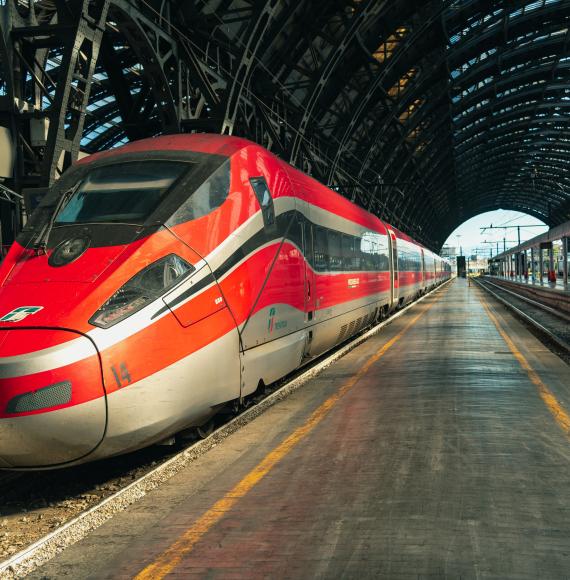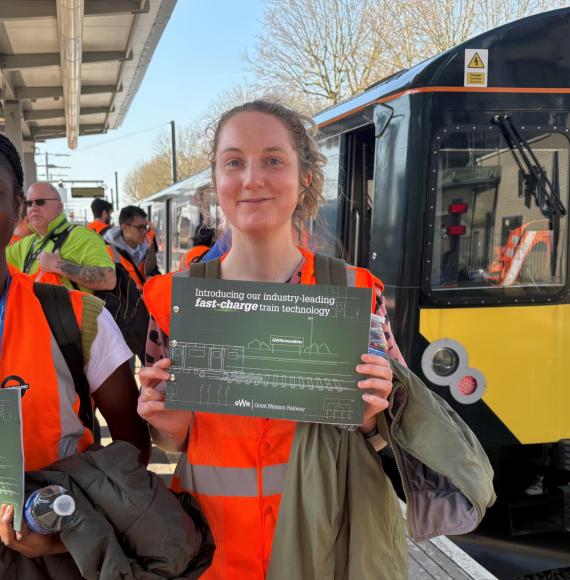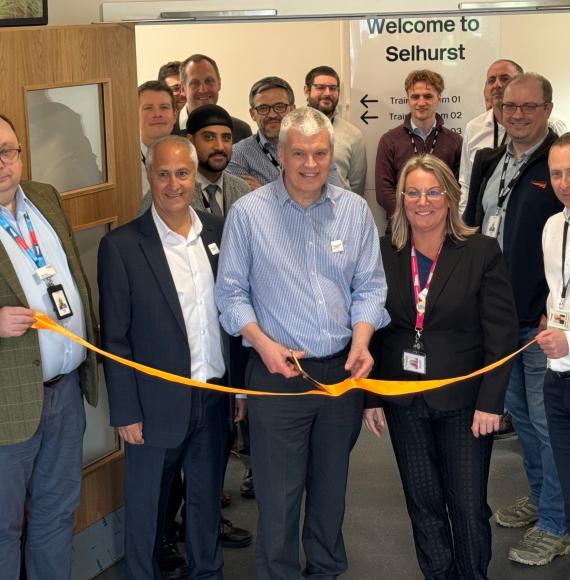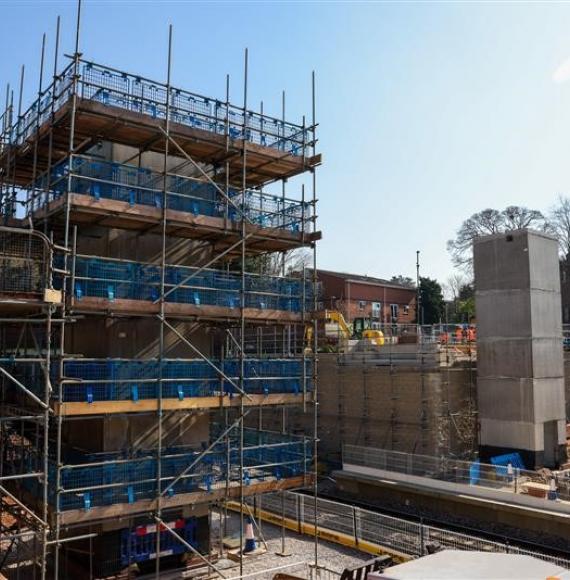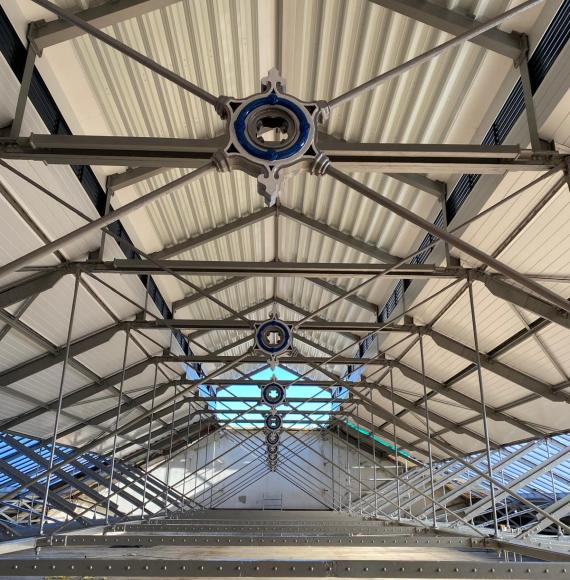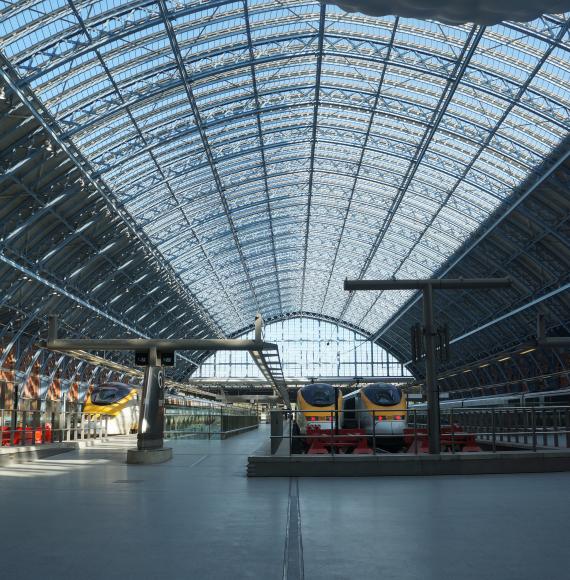HS2 Ltd has invited two companies to tender for a significant contract to supply, operate, and maintain its elevated transit system at Solihull’s Interchange Station, following a shortlisting process.
The search for a contractor to handle HS2’s Automated People Mover (APM) has led to POMA S.A.S and Doppelmayr Cable Car UK Ltd being called to submit tenders.
HS2 Ltd will award two contracts to the successful contractor, collectively valued at around £269 million. The chosen contractor will be responsible for the design, supply, and installation of the APM cable-pulled operating system, as well as its maintenance and operation for a 25-year period.
The Automated People Mover will transport thousands of people every hour between Interchange Station, the National Exhibition Centre (NEC), Birmingham International Railway Station, and Birmingham Airport, making it a crucial component of HS2’s operation.
This system will provide a seamless connection for regional, national, and international passengers, running on an elevated 2.2-kilometre-long viaduct and crossing the West Coast Main Line, the NEC, Pendigo Lake, and the M42 Motorway.
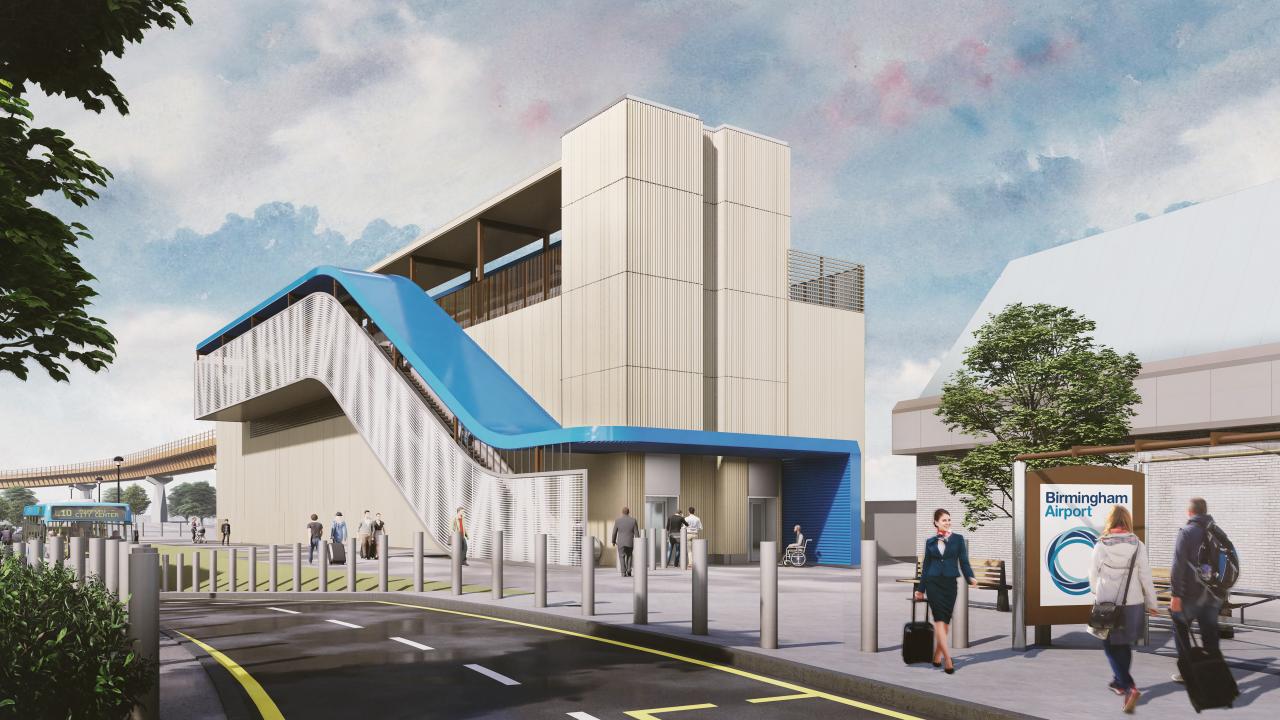
Ailsa Waygood, HS2 Ltd’s Project Client for the APM and Interchange Station, said:
“Designed to boost connectivity in the West Midlands, the APM is an important part of the HS2 programme – linking Interchange Station with several of the region’s most prominent transport hubs and leisure venues.
“It’s an exciting development as we invite the two shortlisted companies to progress to the formal tender stage, entering the next phase in turning our vision for the APM into reality.”
HS2 Ltd expects to award the operation and maintenance contract in mid-2026 and has also begun the search for a supplier to design and build the APM infrastructure. Market engagement for the design and build contract started in Spring 2024 and is ongoing.
As construction progresses rapidly between the West Midlands and London, HS2 now supports more than 31,000 jobs. Once completed, HS2 services will run between London and the West Midlands on a dedicated high-speed line before reaching destinations further north via the existing West Coast Main Line.
Image credit: Network Rail

